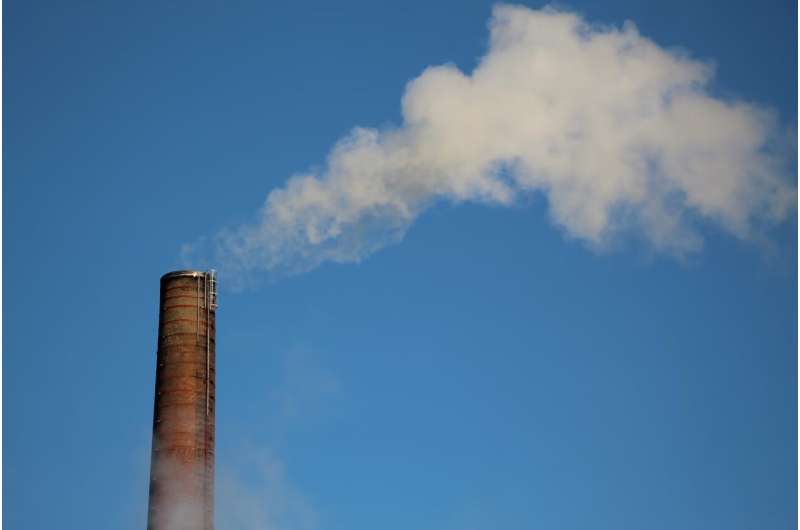This article has been reviewed according to Science X's editorial process and policies. Editors have highlighted the following attributes while ensuring the content's credibility:
fact-checked
peer-reviewed publication
trusted source
proofread
Quantifying national emissions of methane worldwide

Methane (CH4) stands as the second most important greenhouse gas caused by human activities after CO2 and is responsible for 0.6°C global warming since preindustrial times.
To better quantify national emissions of methane around the globe, a research group led by Shen Lulu, from the Department of Atmospheric and Oceanic Sciences of the School of Physics at Peking University, used 22 months (May 2018–Feb. 2020) of satellite observation data. The research findings have been published in Nature Communications.
Reducing methane emissions from fossil fuel exploitation (oil, gas, and coal) is an important target for climate policy, but current national emission inventories submitted to the United Nations Framework Convention on Climate Change (UNFCCC) are highly uncertain.
The Global Methane Pledge signed by more than 110 countries commits them to reducing collective methane emissions by 30% by 2030. Emissions from fossil fuel exploitation (oil, gas, and coal) is an important mitigation target because it is estimated to account for about one-third of the global anthropogenic total and could be cost-effective to control.
The research group's optimized estimates of global methane emissions are 62.7 ± 11.5 Tg a−1 (million tons per year) for the oil-gas sector and 32.7 ± 5.2 Tg a−1 for the coal sector.
Oil-gas emissions are 30% higher than the global total from UNFCCC reports, mainly due to under-reporting by the four largest emitters including the U.S., Russia, Venezuela, and Turkmenistan.
Eight countries have methane emission intensities from the oil-gas sector exceeding 5% of their gas production, and lowering these intensities to the global average level of 2.4% would reduce global oil-gas emissions by 11 Tg a−1 or 18%.
The research group used satellite observations from the Tropospheric Monitoring Instrument (TROPOMI)—launched in October 2017—which provides considerably higher global data density.
More information: Lu Shen et al, National quantifications of methane emissions from fuel exploitation using high resolution inversions of satellite observations, Nature Communications (2023). DOI: 10.1038/s41467-023-40671-6
Journal information: Nature Communications
Provided by Peking University




















